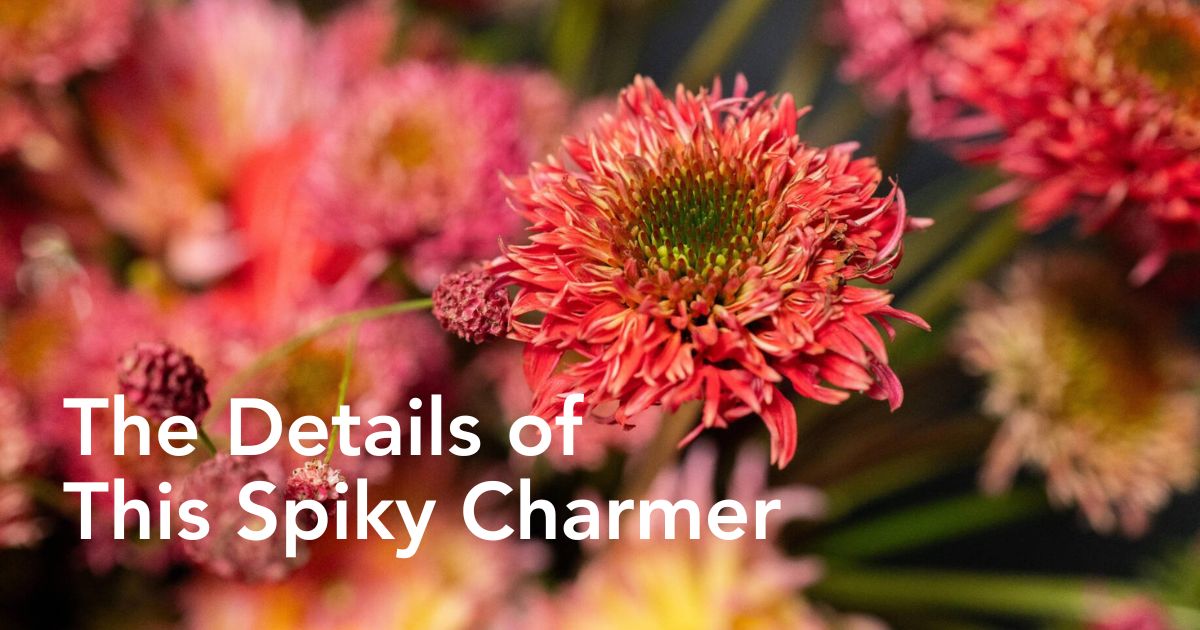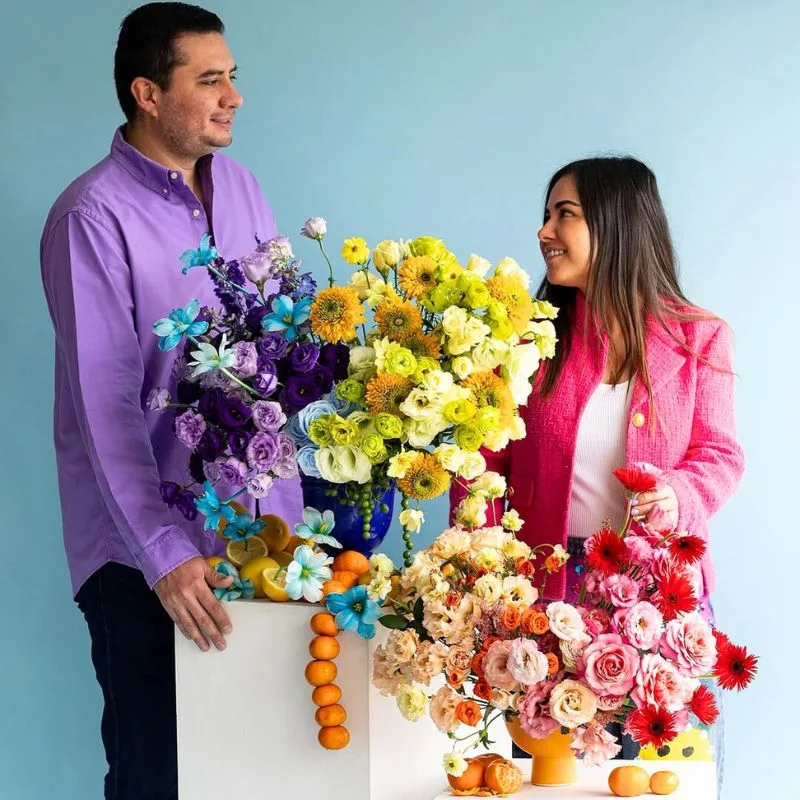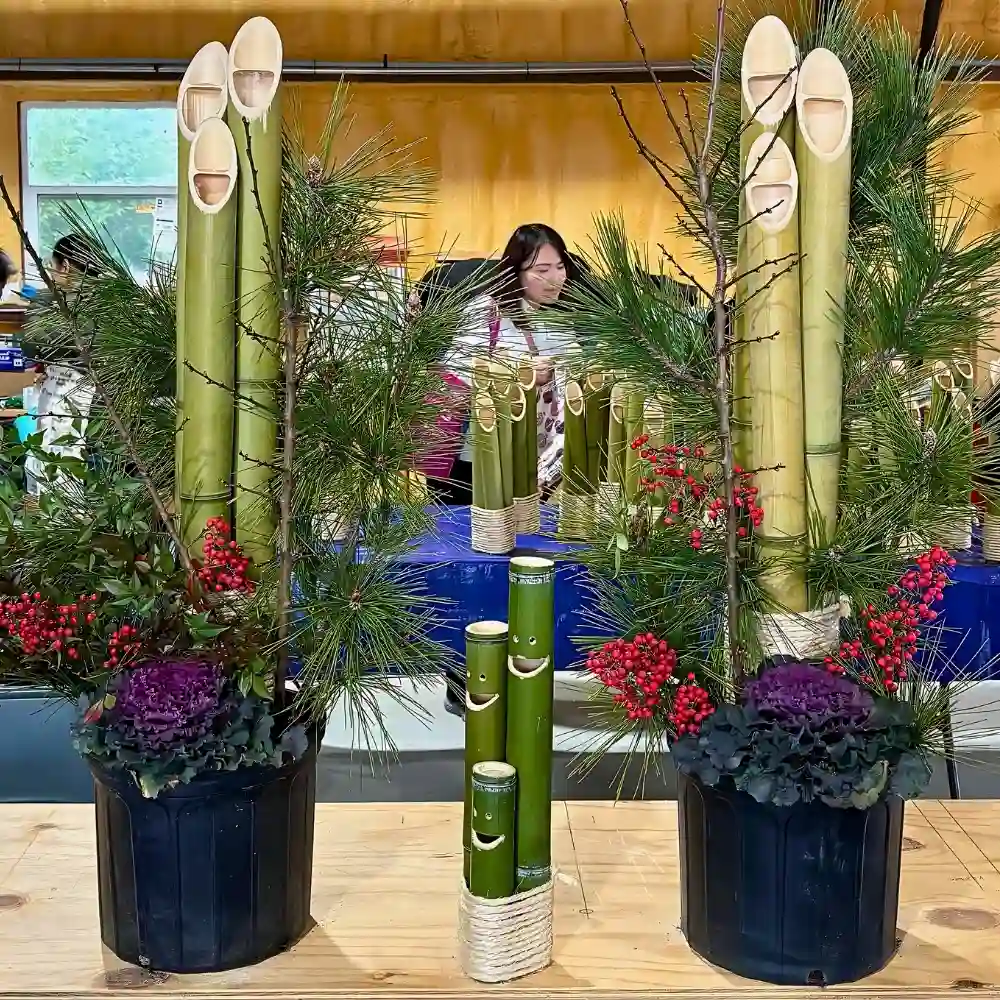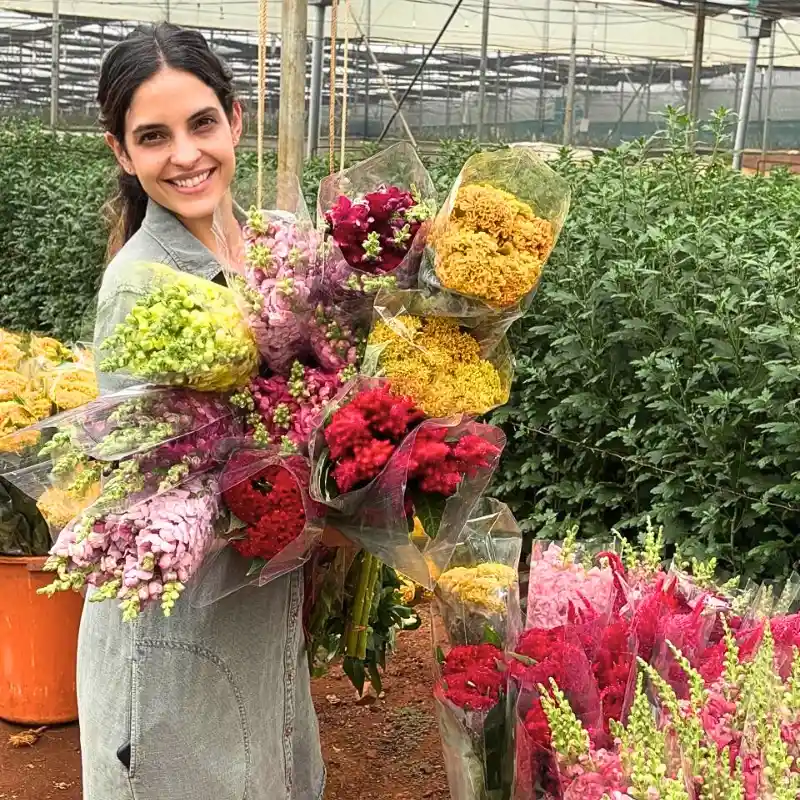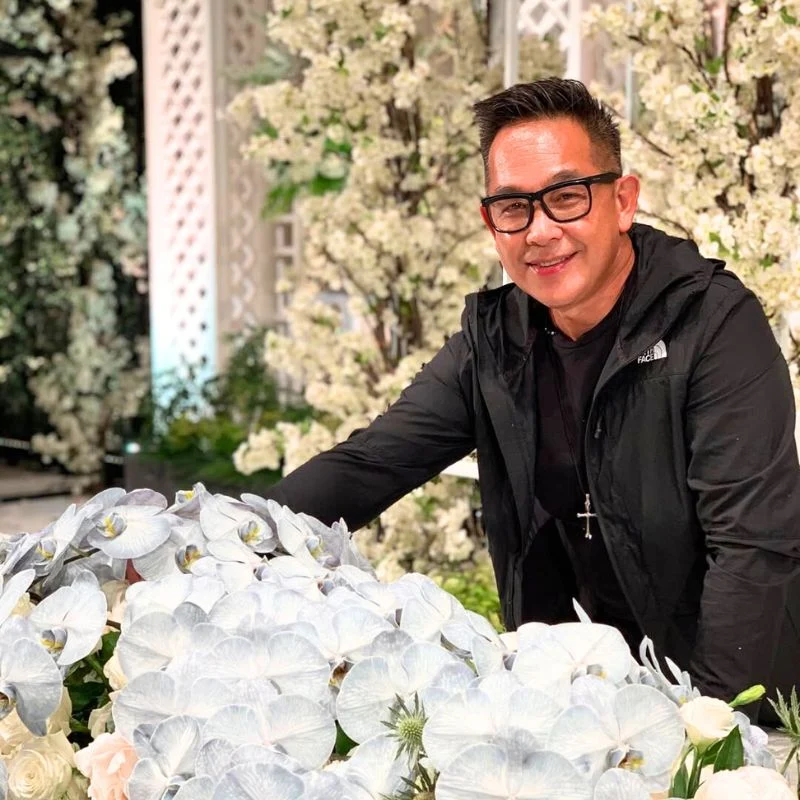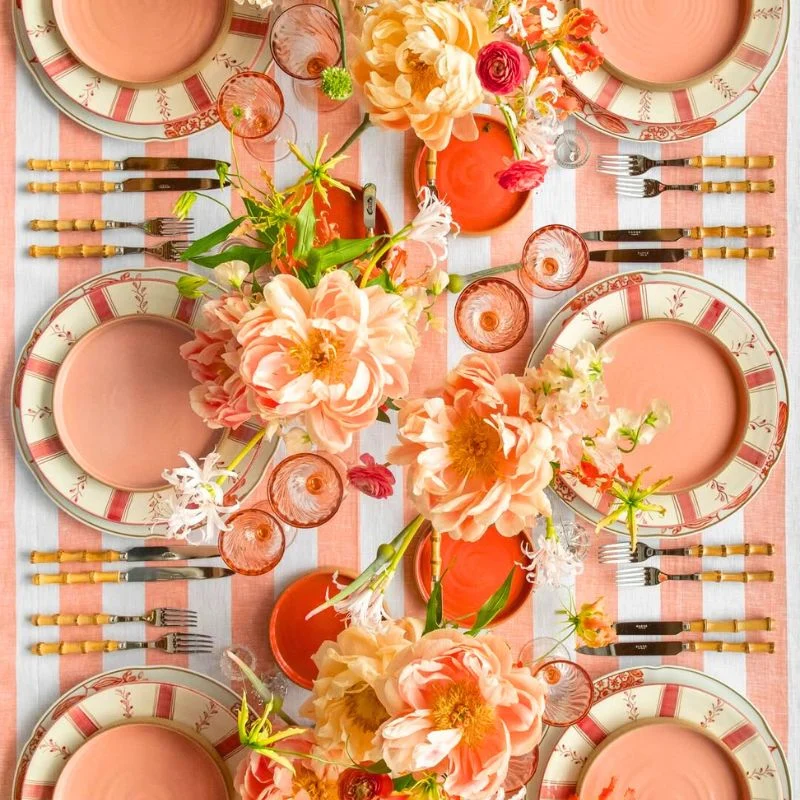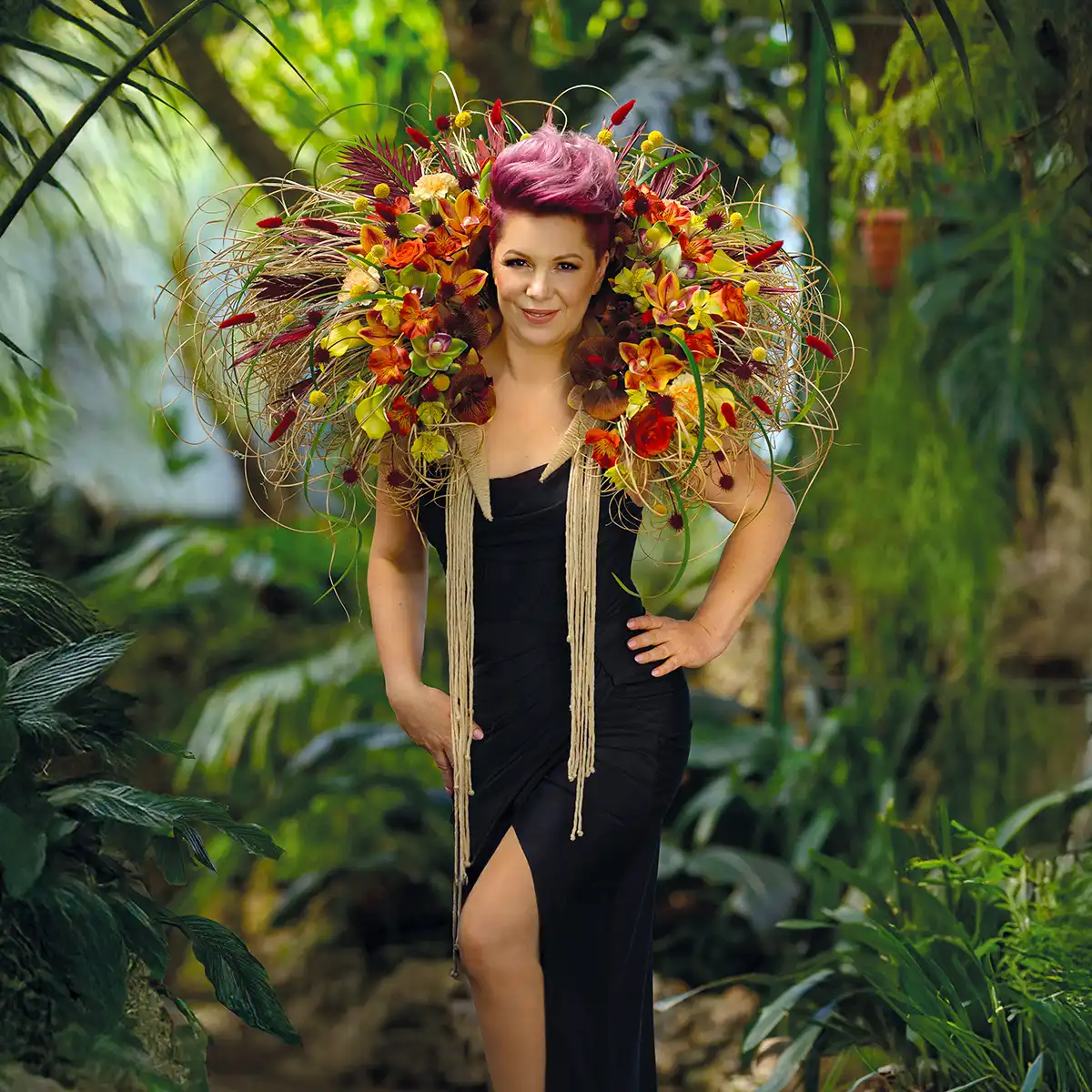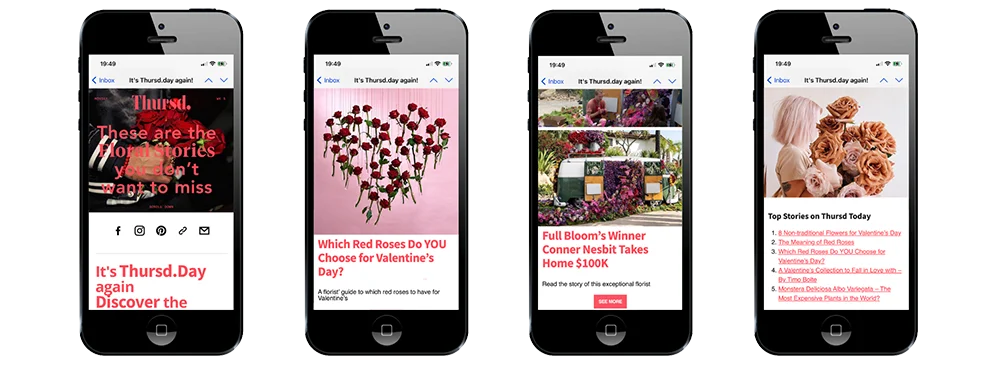In the 'Strange Wonders' spread, Ageratum JJ and Echinacea are introduced by Ball Cut Flowers. This Echinacea isn’t your grandma’s daisy. The highlighted arrangement transforms it into something ostentatious and bold by heavily relying on its silhouette. This flower, which comes in the colors 'Bubble Gum' and 'Cranberry', won't be content to remain in the background.
Echinacea Is Nature’s Way of Saying Be Sassy and Be Bold
Echinacea is stripped of its image as a healing tea and transformed into a raw, spiky spectacle in the Strange Wonders Special. With its electrifying petals, jagged cones, and a more punk than polite disposition, this isn't your typical garden perennial.
The images are anchored by two notable varieties: Bubble Gum and Cranberry. One shade is loud and cheerful, while the other is melancholy and dark. Their colors clash in surprising ways. The energy they carry is more combative than ornamental, and they both command attention.
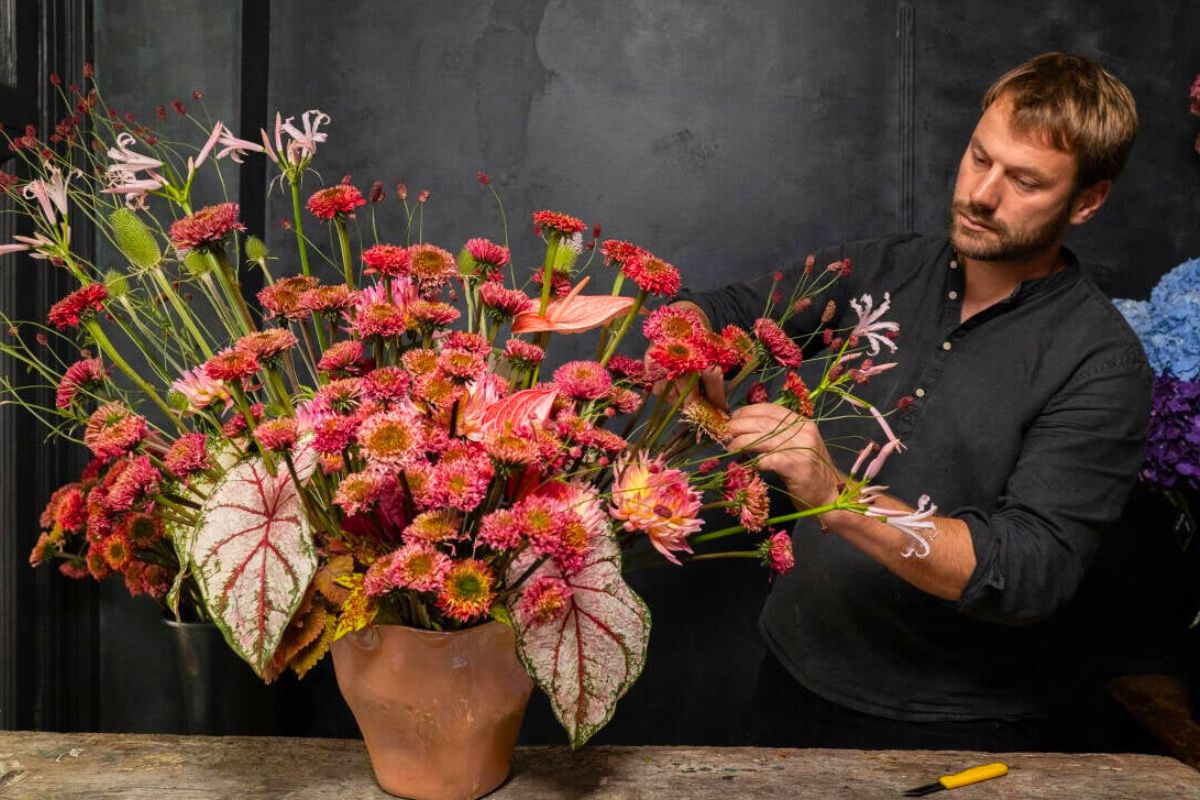
Echinacea carries a texture that feels almost engineered—spiny, rough, bristling with presence. Instead of softening it, Strange Wonders amplifies every edge. The result is arrangements that look alive in a different way, caught between natural growth and human-made sculpture. Where most floral spreads lean into harmony, this one thrives on disruption. The jagged cones stab into the composition, while petals fan out like a set of warning signals. The visual language is sharp and kinetic. Do you like it yet? Floral designers love it, especially Alexander. He shows the results of his floral designs using this spiky wonder.
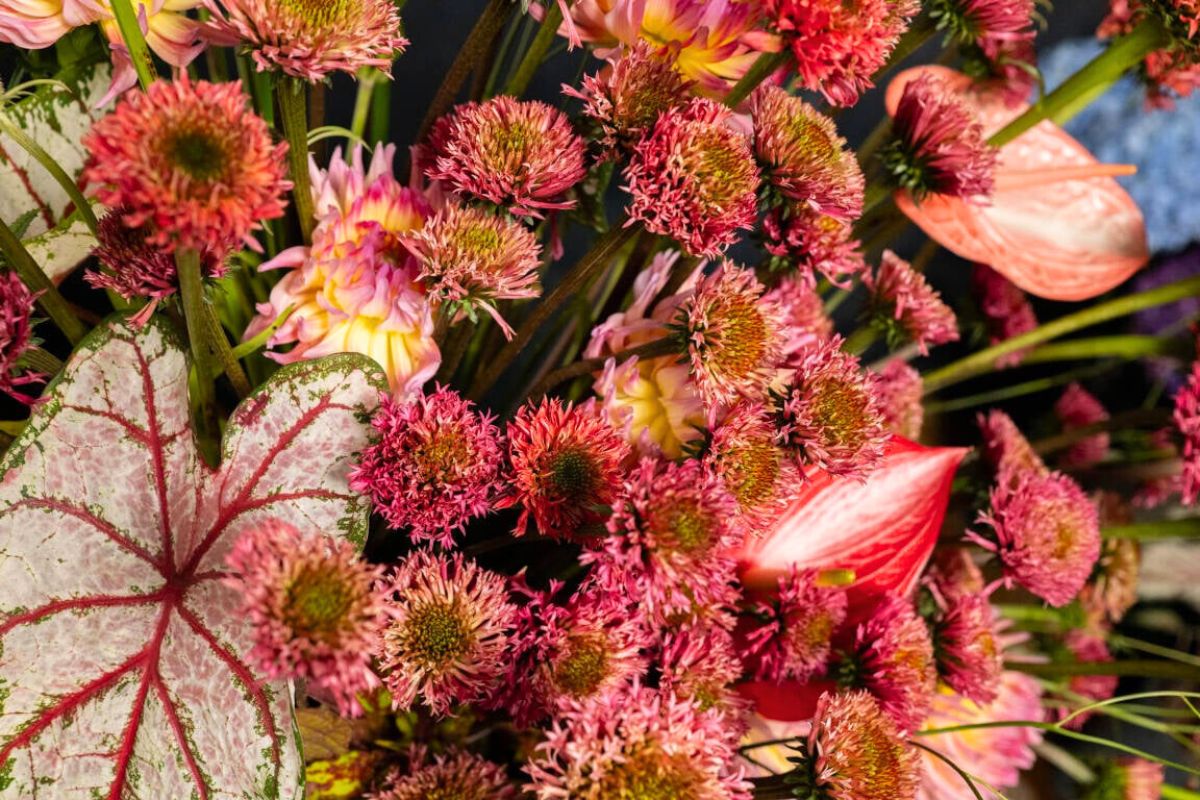
A Cultural Crossroad
Part of the fascination with Echinacea lies in its geography. Native to both Texas and northern Mexico, it carries a double belonging that echoes bigger questions about identity and territory. The Strange Wonders series leans into this symbolism, suggesting that plants are granted the kind of fluid nativity that people often aren’t.
That duality is clearly highlighted in this product. The issue positions Echinacea as a symbol of hybridity, resilience, and contradiction, layered over a design practice that thrives on tension.
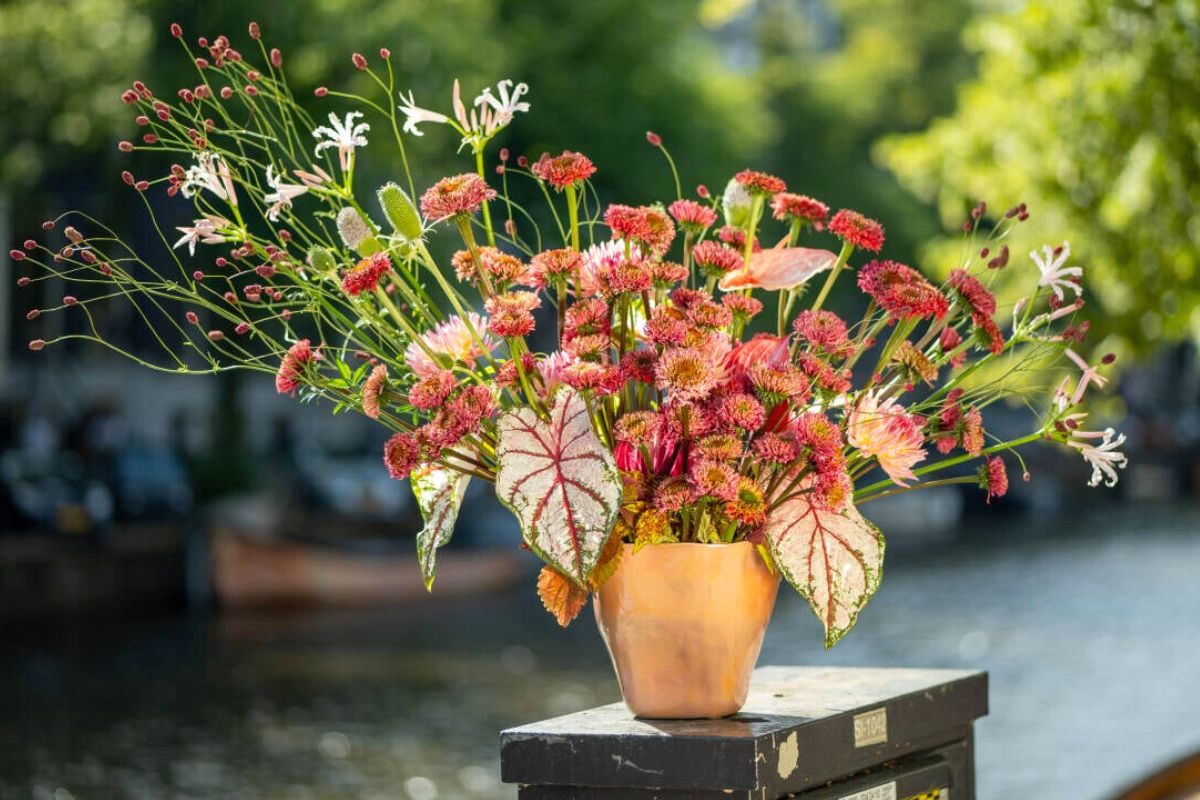
If you wanted to know more about what their colors can do for you, it's clear that the petals of Bubble Gum flare out like neon accents, while Cranberry’s deeper shades ground the palette in something darker, almost dangerous. The push and pull of those two varieties creates a rhythm that’s chaotic and colorful.
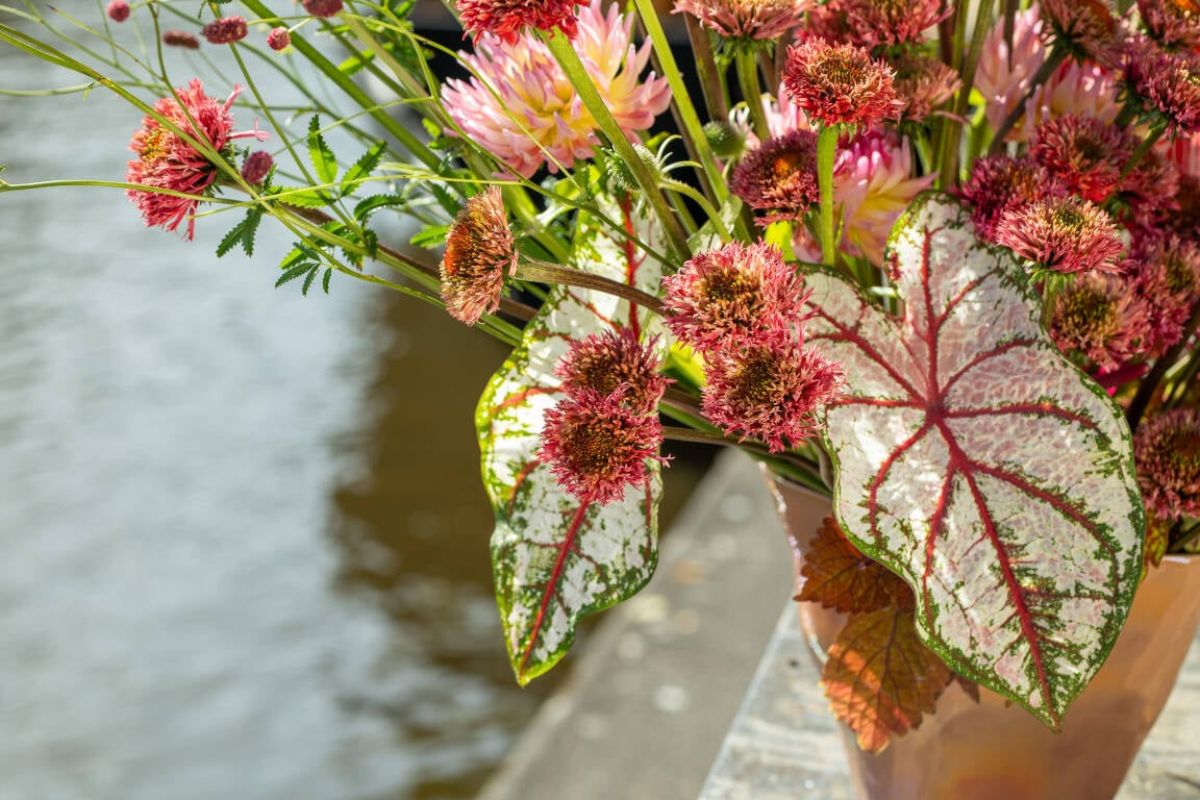
A Different Kind of Attraction With Echinacea
Can flowers provoke, unsettle, or even confront? Echinacea is the perfect candidate for that rebellion. Its rough center and sharp profile resist domestication, and in the hands of this design direction, it’s weaponized into something almost architectural. Instead of vanishing into a soft arrangement, it dominates, and instead of being ornamental, it carries weight while insisting on presence.
If you’re drawn to what this product can do, you can take the same cues into your own creative work:
- Go loud with color and pair Bubble Gum pinks with deep, moody Cranberry shades.
- Let rough textures lead and build arrangements where sharpness is the centerpiece.
- Think asymmetry. Resist balancing everything out—lean into tension.
- Use scale to exaggerate the already fierce silhouette.
- Put soft elements next to Echinacea’s edges to make both hit harder.
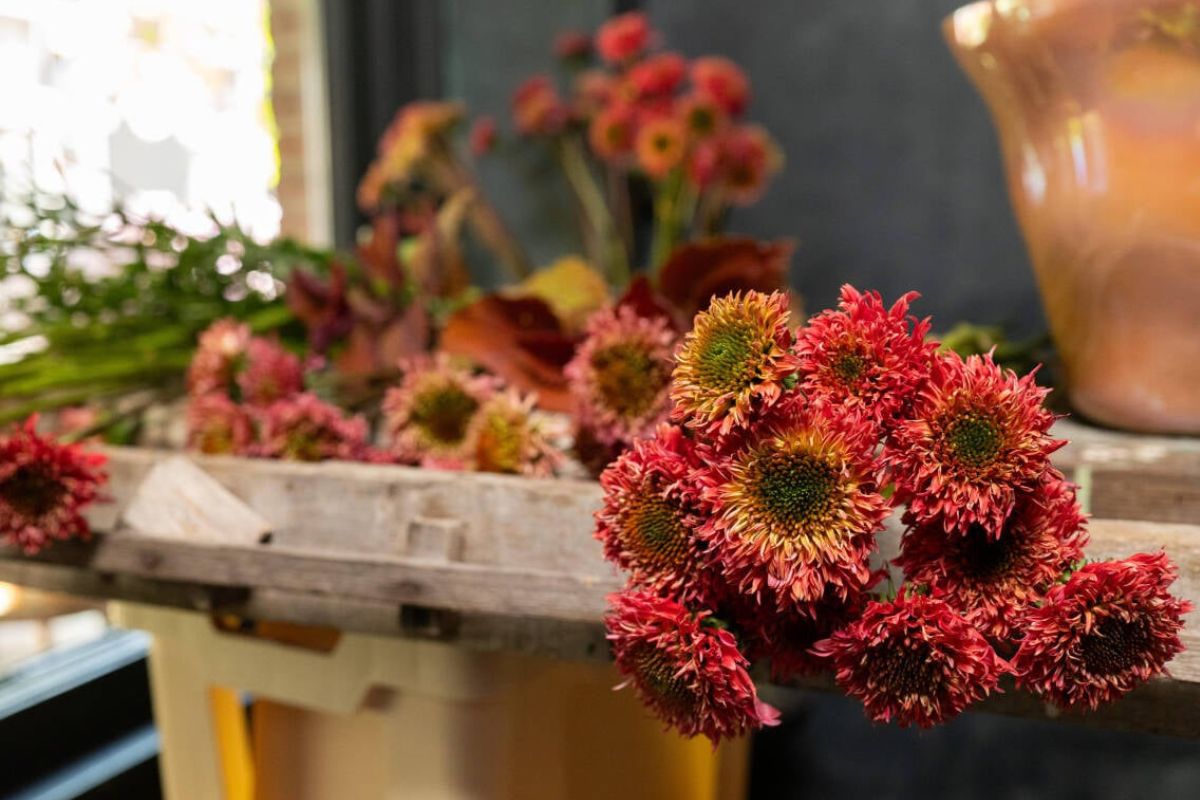
How much do you like this product? It's a spiky bomb for arrangements!
Photography by @apbloem and @cinefleur

